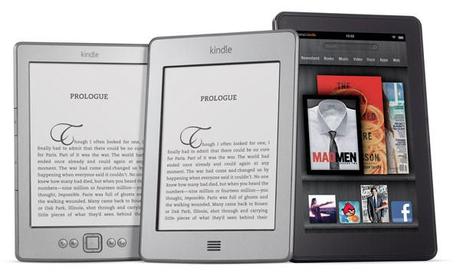The tools that students use to learn have changed dramatically in the past few years. Thanks to technology: laptops, Kindles and iPads are slowly replacing pencil cases, notebooks and backpacks. And the digital revolution is coming to books as well: Amazon’s digital book sales have surpassed their physical book sales for the first time this year.
But it’s a trend that hasn’t quite extended to textbooks yet, despite schools and publishing companies working to integrate e-books into teaching and learning. Why haven’t digital books become as popular in schools as they are for the general public? And how can schools use e-books to serve students, save money, and become more environmentally friendly?
Playing catch-up with e-books

Electronic textbooks can also offer features that paper books can’t: interactive illustrations and photos, note taking functions, and online communication with classmates who are working with the same material. E-books are still relatively expensive to produce—particularly if they contain special features—but teachers and education administrators are wise to follow the e-book trend and find ways to drive costs down. The more students can use technology in and outside of the classroom, the more popular electronic textbooks will become.
Making educational tech greener
There’s an ongoing debate about the eco-friendliness of e-readers like the Kindle and Nook. Amazon’s new additions to the Kindle family, including the full-color Kindle Fire and the e-ink Kindle Touch, have become some of this holiday season’s most requested items. But depending on how an e-reader is used—and when it gets replaced or upgraded—it might not be any greener than buying paper books. For schools, lending paper books out year after year can be a more affordable option than providing students with electronic reading devices.
Still, there are advantages to using e-readers for teaching and learning, as well as ways to “green” their use. For teachers and students, e-readers can help make reading assignments easy to find and to share; and for college students earning online degrees, e-readers are a great tool for learning on the go. Schools that purchase e-readers for their students can lend them out each year and replace them only when the devices have stopped working, instead of replacing them with each new upgrade. And renting e-books instead of requiring students to buy them could save money both for school districts and the families of the students who attend them.
Education has always been a complicated and rather messy issue, and the incorporation of technology like e-readers isn’t going as smoothly as teachers, students and publishers would like. But the demand for affordable, eco-friendly teaching and learning materials will eventually encourage people to make the switch from paper to pixels.

